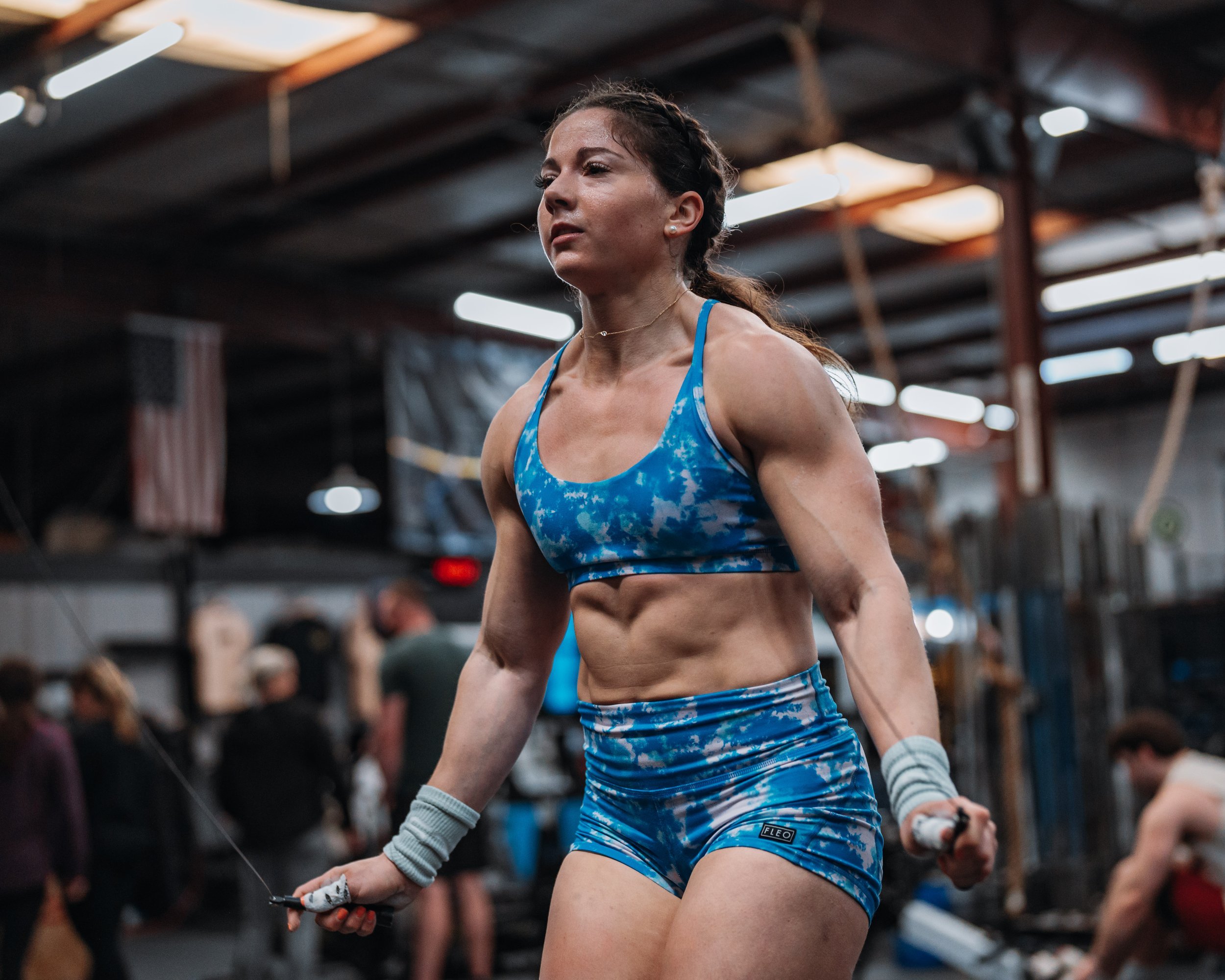“Intellectual growth should commence at birth and cease only at death.”
THE BLOG
Programming integrated bodybuilding in Crossfit
When working with competitive athletes, you should strive to have intention behind every aspect of the training that you prescribe. The goal of bodybuilding training for a competitive athlete should be to support sport performance.
Rethinking Bodybuilding for CrossFit
Purpose of this blog:
1. Detail the two most popular styles of bodybuilding in the CF Performance market (isolation / functional)
2. Introduce Integrated Bodybuilding and explain why it’s a better method for helping CF athletes.
3. Provide a framework for periodizing each type of BB’ing into a season
Improving CrossFit Open 24.3 (Part 2)
In Part 1 of this blog, we discussed how we think about improving movement for people that want to participate in competitive CrossFit. Once those basic movement skills are developed, athletes start to move into an intermediate or advanced stage of development where they have to actually learn to train for the sport. In this blog, we will explain how we think about long term development in the sport.
Improving CrossFit Open workout 24.3 (Part 1)
Following up on our Train for the Open Blog Series from the first two weeks (hyperlink) here is our final open related two part blog. In this blog we will illustrate how we apply Training Think Tank’s philosophy and methodology to improving performance in CrossFitTM Open workout 24.3. Below you will find a long term approach to development of both general physical preparedness (GPP) and performance in the sport of CrossFitTM…
Improving CrossFit Open 24.2 (Part 2)
In Part 1 of this blog, we discussed how we think about improving movement for people that want to participate in competitive CrossFit. Once those basic movement skills are developed, athletes start to move into an intermediate or advanced stage of development where they have to actually learn to train for the sport. In this blog, we will explain how we think about long term development in the sport.
Improving CrossFit 24.2 (Part 1)
Below you will find a long term approach to development of both general physical preparedness (GPP) and performance in the sport of CrossFitTM. We will elaborate using our academic and data driven approach to sport development. Part 1 will cover how we think about the movements that were tested in 24.2 and how to improve them over the long term…
Improving CrossFit Open 24.1 (Part 2)
In Part 1 of this blog, we discussed how we think about improving movement for people that want to participate in competitive CrossFit. Once those basic movement skills are developed, athletes start to move into an intermediate or advanced stage of development where they have to actually learn to train for the sport. In this blog, we will explain how we think about long term development in the sport.
Improving CrossFit Open 24.1 (Part 1)
In this two part blog, we apply Training Think Tank’s philosophy and methodology to improving performance in CrossFitTM Open workout 24.1. Below you will find a long term approach to development of both general physical preparedness (GPP) and performance in the sport of CrossFit
How Strong Do You Need to Be?
In this blog, we will explore the strength levels required at various stages of CrossFit competition, as well as introduce new strength ratios for balanced CrossFit strength development. This blog was inspired by a recent Corpus Animus podcast we did on strength in CrossFit, click the link below to watch that discussion.
Q&A: Coaching Mobility and Improving Ankle Function, Part 2
Recently, Max and I filmed a video where I walked him through some ankle mobility drills intended to improve alignment of the ankle bones making mobility work more effective….
Q&A: Coaching Mobility and Improving Ankle Function, Part 1
Recently we received the following questions from our audience:
From @chris_eaton: “How do you coach mobility/prescribe it?”
From @jan_sharkt: “How do you improve ankle mobility?”
Why Your Athletes MIGHT be in Pain (from training)
What is in this Blog:
1. How training too much or too little can influence pain and injury.
2. How a loss of movement variability can contribute to pain and injury.
3. How the concept of allostatic load contributes to pain and injury.
WELCOME BACK…
Dear Fellow Coaching Nerds, It’s been a while since I’ve had the chance to write to you….













